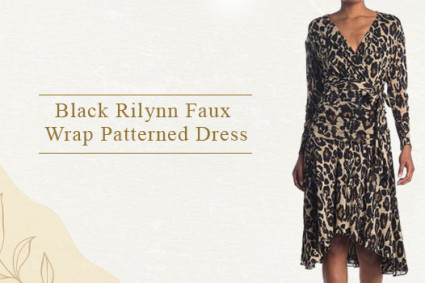
The Rise of Fashion Shopping Apps
With the advent of smartphones and mobile technology, shopping habits have undergone a significant transformation. Consumers now expect instant access to a wide range of products, personalized recommendations, and seamless checkout experiences—all of which are made possible by fashion shopping apps. These apps allow users to browse, discover, and purchase clothing, shoes, accessories, and more from the comfort of their own homes or on the go.
Features of Fashion Shopping Apps
1. User Registration/Login:
- Enable users to create accounts or log in via social media for a personalized shopping experience.
2. Product Catalog:
- Display a vast array of fashion products with detailed descriptions, images, prices, and available sizes/colors.
3. Search and Filters:
- Allow users to search for products by category, brand, size, color, price range, and more for quick and easy navigation.
4. Product Details:
- Provide comprehensive information about each product, including multiple images, materials, measurements, and customer reviews.
5. Shopping Cart:
- Allow users to add items to their cart, edit quantities, and save items for future purchase.
6. Checkout Process:
- Implement a seamless and secure checkout process with multiple payment options, including credit/debit cards, digital wallets, and COD (Cash on Delivery).
7. Order Tracking:
- Enable users to track their orders in real-time, receive status updates, and view delivery tracking information.
8. Wishlist:
- Allow users to save their favorite products to a wishlist for easy access and future purchase.
9. User Profile:
- Provide users with a profile section where they can manage their account details, view order history, and track shipments.
10. Push Notifications:
- Send timely notifications to users about order status updates, special offers, discounts, and new arrivals to enhance engagement and retention.
11. Reviews and Ratings:
- Allow users to leave reviews and ratings for products they've purchased, helping other shoppers make informed decisions.
12. Social Sharing:
- Enable users to share their favorite products on social media platforms, increasing brand visibility and driving traffic to the app.
Benefits of Fashion Shopping Apps
1. Convenience:
- Fashion shopping apps offer unparalleled convenience, allowing users to shop anytime, anywhere, without the constraints of traditional store hours.
2. Wide Selection:
- Users have access to a vast selection of fashion products from various brands and designers, all in one place.
3. Personalization:
- By leveraging data analytics and AI algorithms, fashion shopping apps can provide personalized product recommendations tailored to each user's preferences and browsing history.
4. Time-saving:
- With intuitive search and filter features, users can quickly find the products they're looking for without having to sift through endless racks or shelves.
5. Ease of Payment:
- Fashion shopping apps offer multiple secure payment options, making transactions quick, convenient, and hassle-free.
6. Enhanced Customer Experience:
- From seamless navigation to responsive customer support, fashion shopping apps are designed to provide an exceptional user experience at every touchpoint.
7. Marketing Opportunities:
- Fashion shopping apps serve as powerful marketing tools, allowing brands to engage with customers through targeted promotions, personalized offers, and social media integrations.
Cost Considerations for Fashion Shopping App Development
When it comes to developing a fashion shopping app, costs can vary widely depending on several factors:
1. Complexity of Features:
- The more features you include in your app, the higher the development costs will be. Basic apps with essential features will be more affordable compared to apps with advanced functionalities like AI-powered recommendations or AR try-on.
2. Platform:
- Developing separate native apps for iOS and Android will be more expensive than opting for cross-platform or hybrid development frameworks.
3. Design:
- Investing in high-quality UI/UX design is essential for creating a visually appealing and user-friendly app, but it can also add to the overall development costs.
4. Development Team:
- Hiring experienced developers, designers, and testers will incur higher costs compared to working with freelancers or offshore development teams.
5. Maintenance and Updates:
- Factor in ongoing maintenance costs for bug fixes, updates, and server maintenance to ensure the long-term success of your app.
6. Third-party Integrations:
- Costs associated with integrating payment gateways, analytics tools, CRM systems, and other third-party services should be considered during the development process.
7. Security:
- Implementing robust security measures to protect user data and payment transactions may require additional investments in development and infrastructure.



